Japan Stem Cell Therapy: Preserve Your Hip Joint
Hip pain can be debilitating, turning simple acts like walking or putting on shoes into agonizing tasks. For many, the only solution offered by traditional medicine is a "wait and see" approach until the joint is destroyed enough to justify a total hip replacement. Japan offers a different path. As a global pioneer in regenerative medicine, Japan has developed safe, government-regulated protocols that allow patients to treat hip issues before they reach the point of no return.
Whether you are dealing with the wear-and-tear of Osteoarthritis (OA) or the frightening diagnosis of Avascular Necrosis (AVN), stem cell therapy in Japan provides a powerful, non-surgical alternative. By harnessing the body's own repair mechanisms and supercharging them through advanced laboratory culture, Japanese doctors are helping patients save their natural joints and avoid the life-altering risks of metal implants.
In this guide, we will analyze the effectiveness of these treatments for specific hip conditions, break down the costs involved, and explain why Japan's "Class II" regenerative laws make it one of the safest places in the world for these procedures.
How effective is stem cell therapy for Avascular Necrosis (AVN) of the hip?
Avascular Necrosis (also called Osteonecrosis) occurs when the blood supply to the "ball" of the hip joint dies, causing the bone to crumble. Traditional surgery (core decompression) involves drilling holes in the bone to relieve pressure, but adding stem cells significantly boosts the success rate.
In Japan, doctors inject high-potency stem cells directly into the necrotic lesion. These cells act as signaling factories, releasing VEGF (Vascular Endothelial Growth Factor) which triggers the body to grow new capillaries. If treated before the femoral head collapses (Stage 3 or 4), many patients can avoid hip replacement entirely.
Can it treat Hip Osteoarthritis and Labral Tears?
Hip osteoarthritis is often driven by chronic inflammation. Stem cells are potent anti-inflammatories. When injected into an arthritic hip, they "turn off" the destructive enzymes eating away at your cartilage and stimulate the production of new, healthy tissue. Japanese clinical data shows that patients treated for mild-to-moderate hip OA often see improvements that last for years, allowing them to return to sports and active lifestyles.
What is the cost of stem cell therapy for hips in Japan?
The cost includes the harvesting procedure (usually mini-liposuction), the laboratory expansion of the cells (which takes 3-4 weeks), and the final injection. Because the hip joint is deep inside the body, "blind" injections are impossible. Japanese clinics use sophisticated imaging to ensure the stem cells are delivered exactly into the joint capsule or the necrotic bone lesion.
Estimated Cost Breakdown:
- Unilateral Hip (One side): $8,000 - $12,000 USD
- Bilateral Hips (Both sides): $13,000 - $18,000 USD (Discounted because only one cell harvest is needed)
What makes Japan's approach different from the US or Europe?
The "dosage" matters. A standard same-day procedure in the US might yield 50,000 to a few million stem cells. For a large joint like the hip, this is often like throwing a bucket of water on a forest fire. In Japan, the Act on the Safety of Regenerative Medicine allows accredited clinics to culture your cells. This means they can multiply your cells thousands of times over before injecting them, providing a therapeutic dose that is exponentially more potent and effective.
Is the procedure safe?
The biggest risk with any hip injection is infection, but Japan's rigorous hygiene standards make this incredibly rare. Unlike hip replacement surgery, which carries risks of blood clots, dislocation, and metal toxicity, stem cell therapy is minimally invasive. Most patients experience only minor soreness at the injection site for a few days.
How long is the recovery time?
For Avascular Necrosis patients, the protocol is stricter. You may need to protect the hip from heavy impact for a few weeks to give the new blood vessels time to form. For Osteoarthritis patients, light walking is encouraged immediately, but high-impact activities (like running) should be avoided for at least 3 months.
Am I a candidate if I already need a hip replacement?
It is crucial to have a realistic consultation. Japanese doctors are known for their honesty; they will review your X-rays and MRIs beforehand. If the femoral head has already collapsed and lost its spherical shape, they will likely recommend surgery. But if the shape is preserved, stem cell therapy is a viable "joint preservation" strategy.
Ready to save your hip?
Don't wait until surgery is your only option. If you are considering stem cell therapy for hip pain in Japan, PlacidWay Medical Tourism can help you connect with accredited, government-approved clinics to review your case and provide a cost estimate.

.png)

.png)
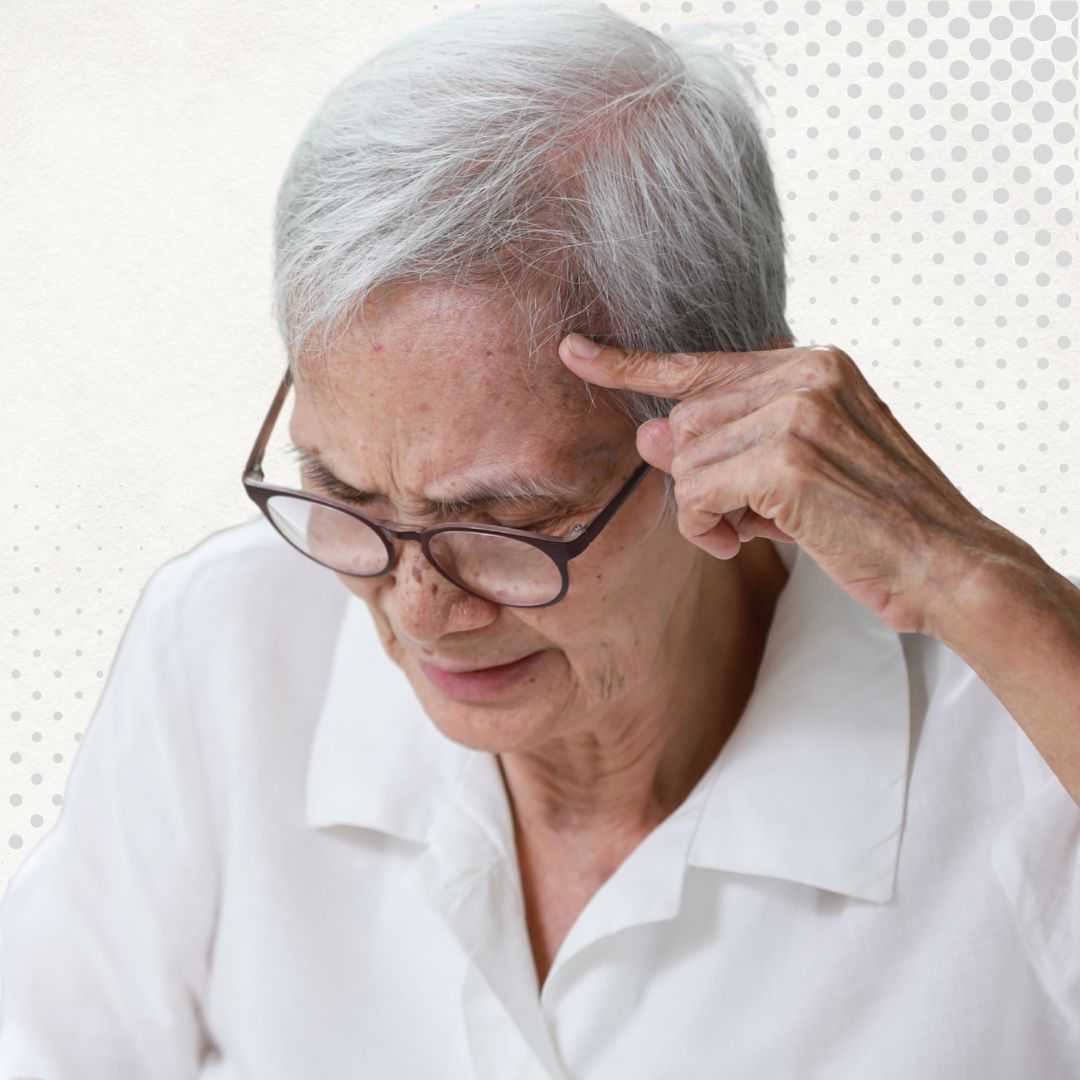

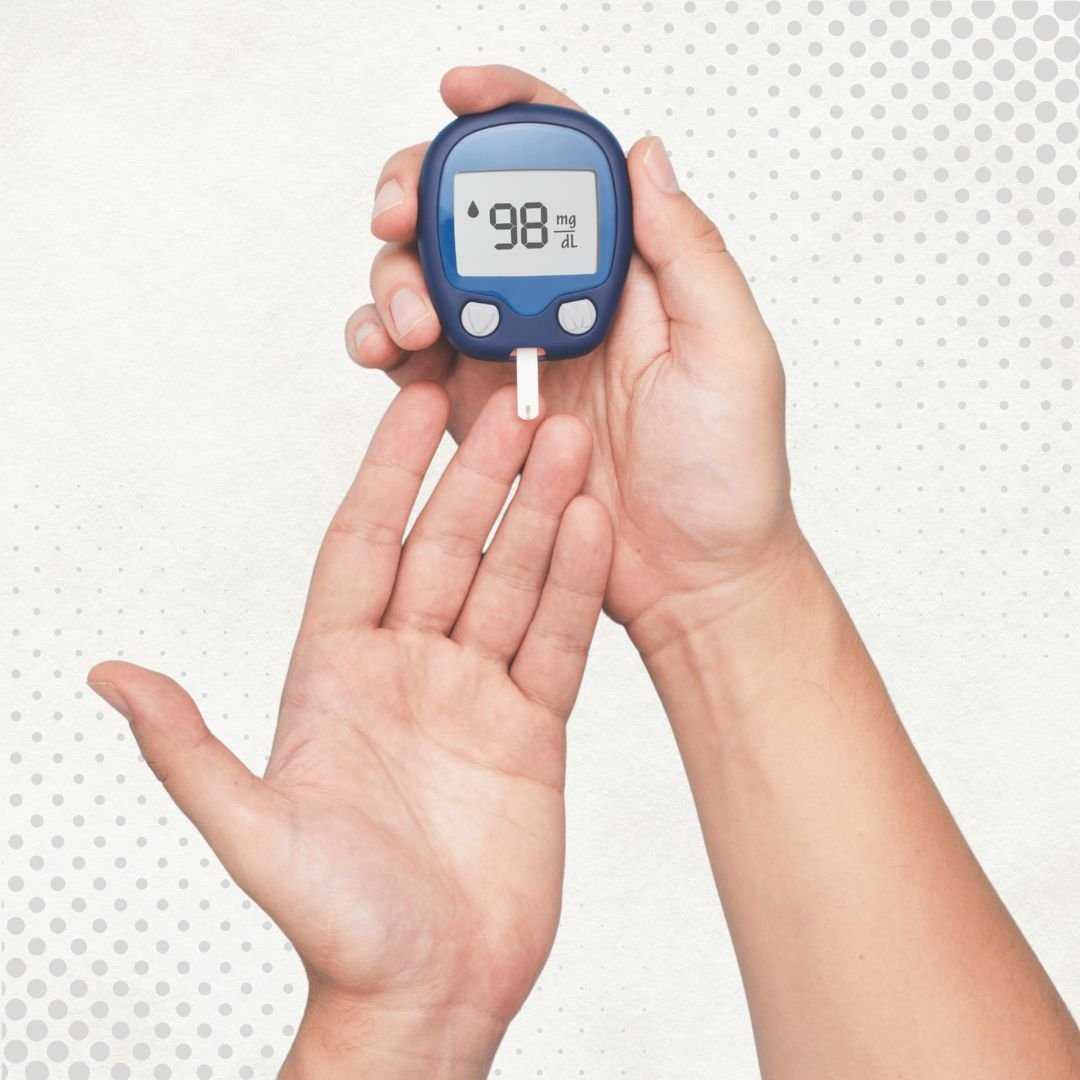

.png)
.png)
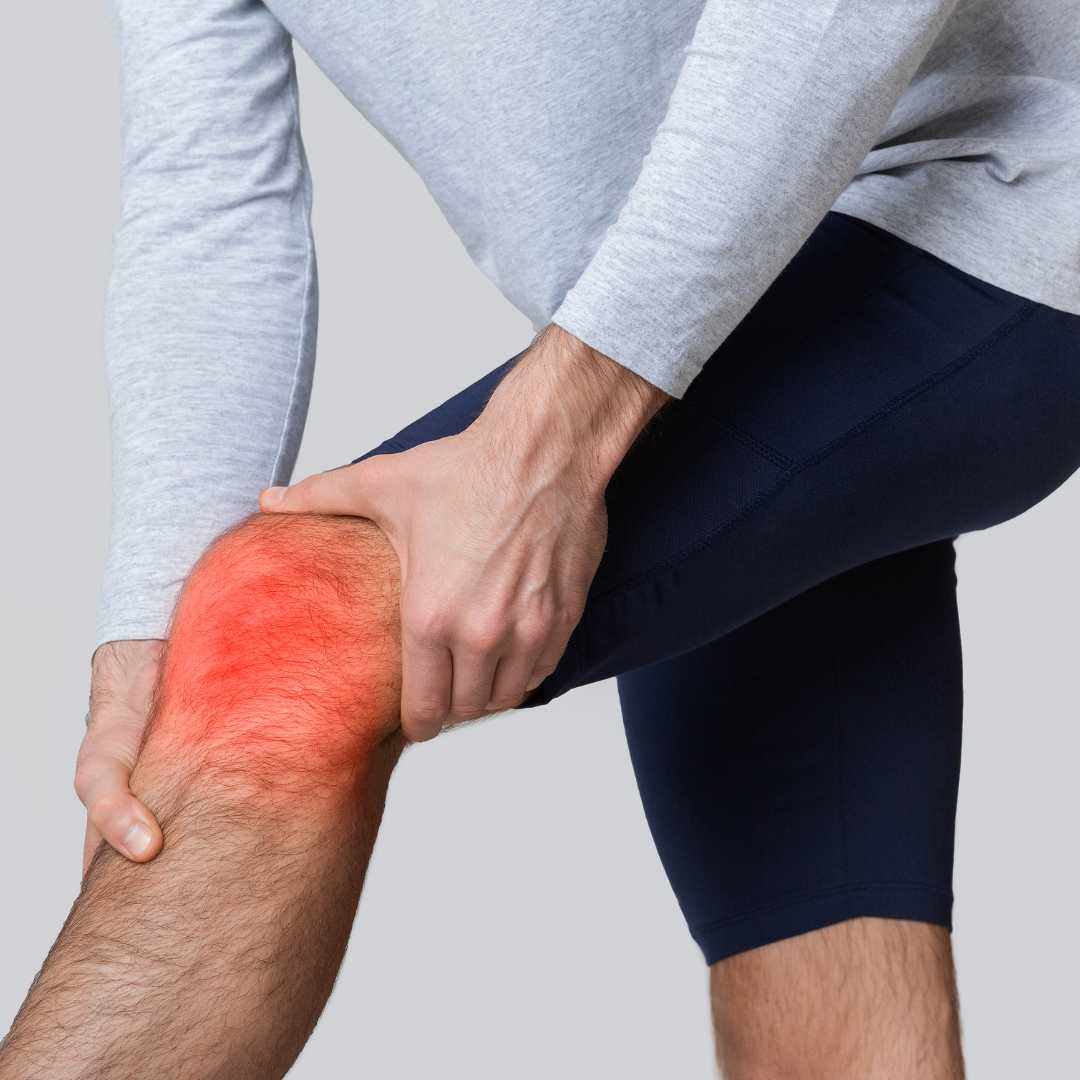
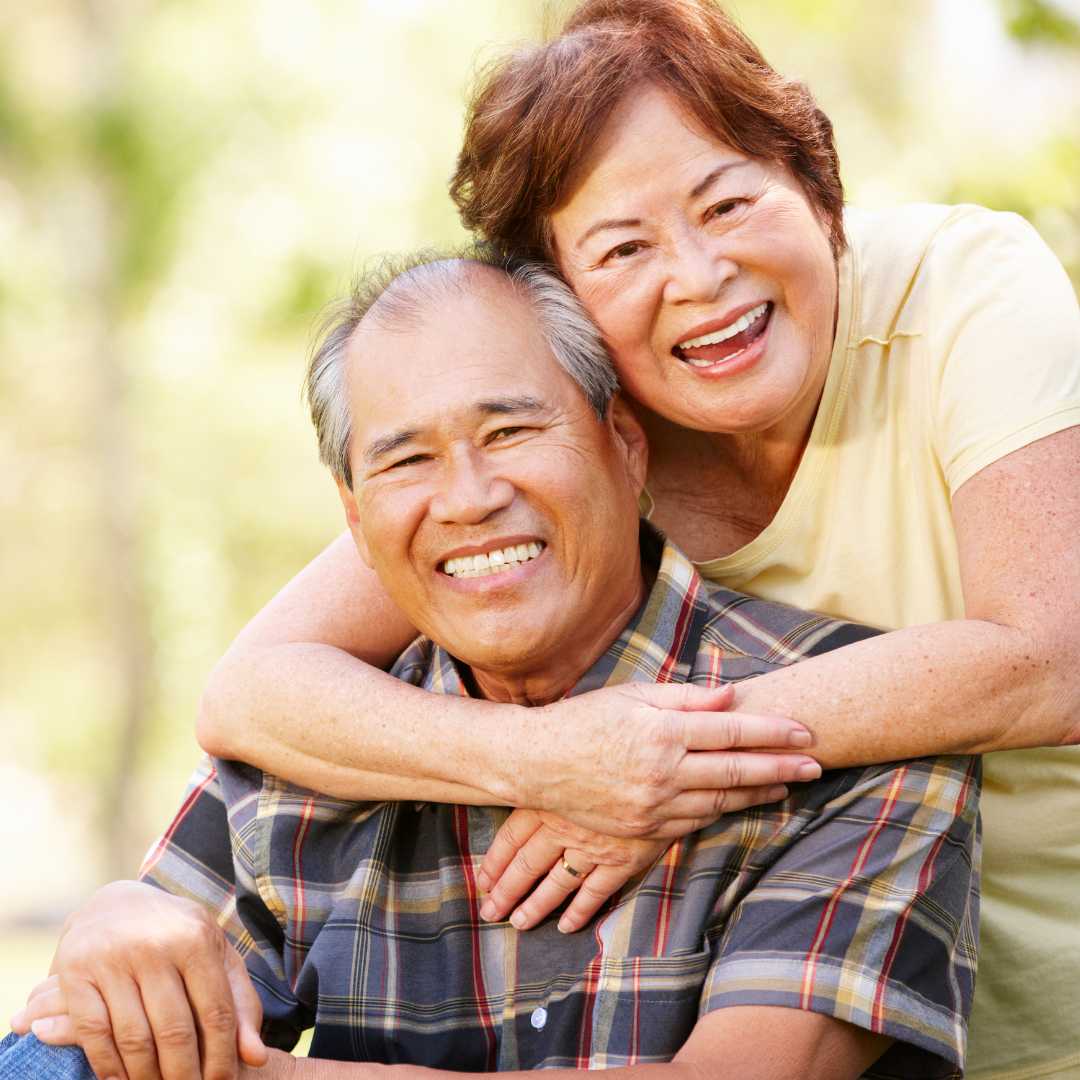
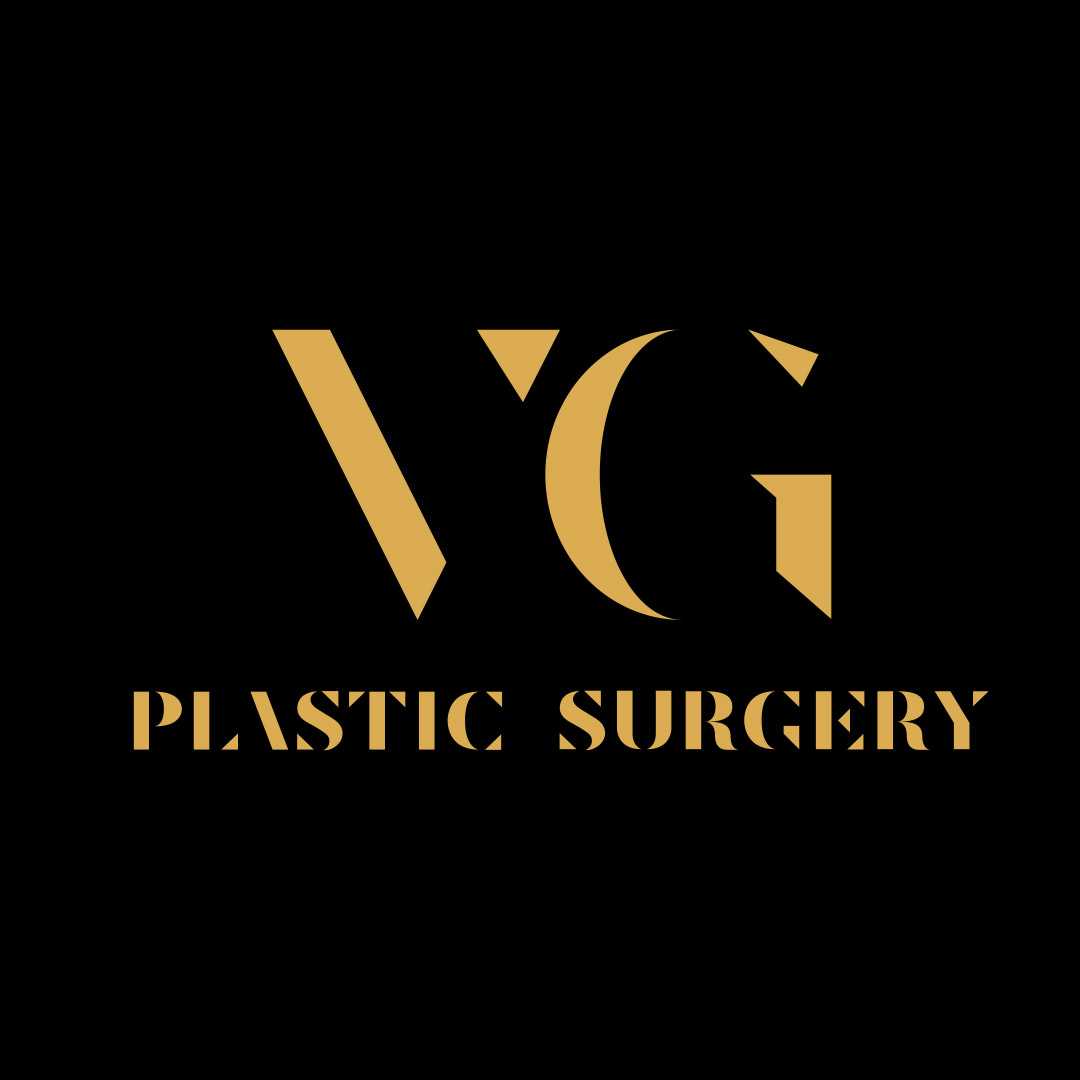

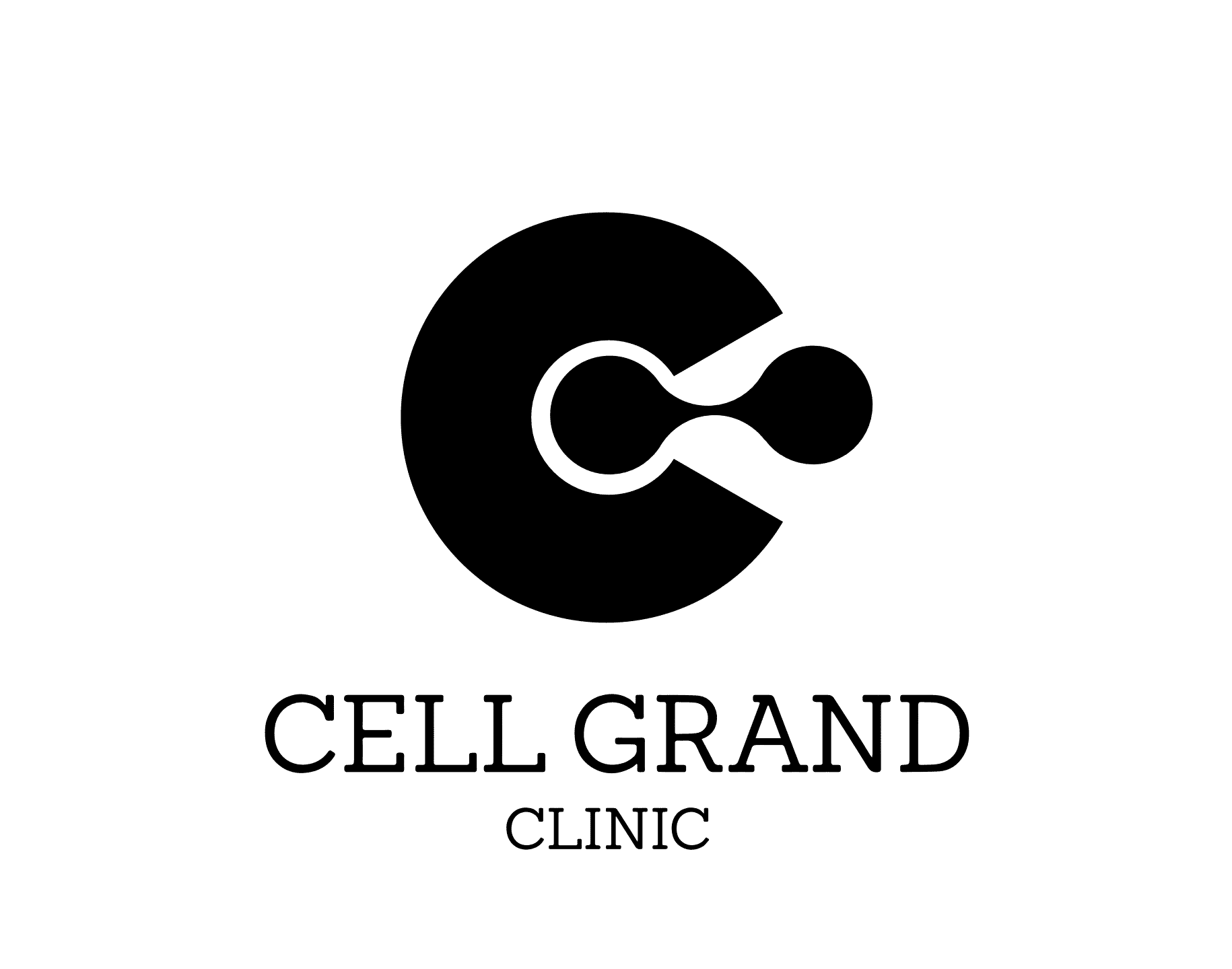
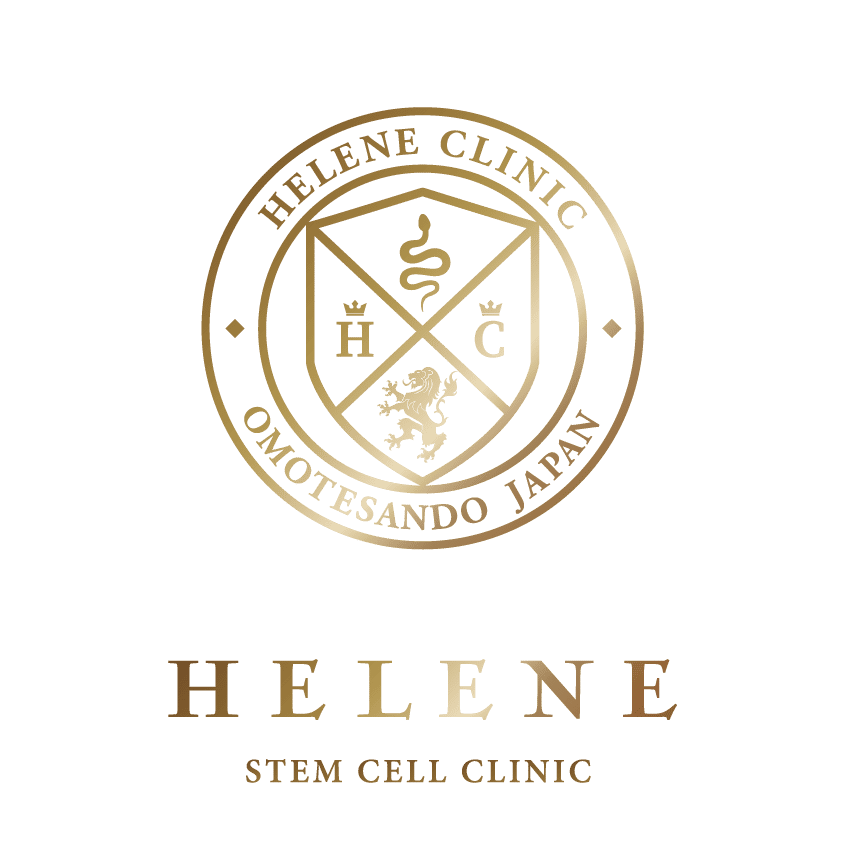

Share this listing